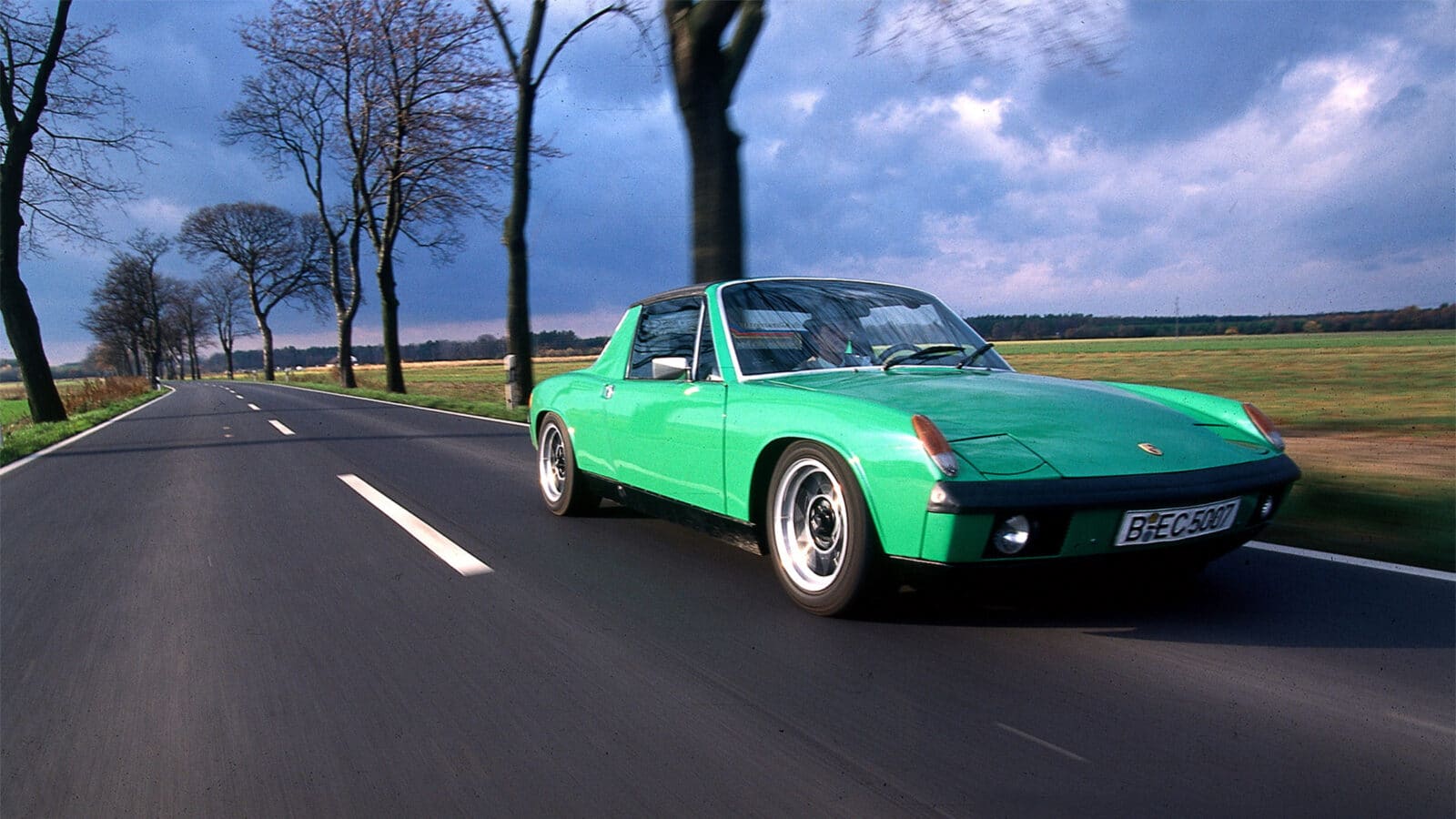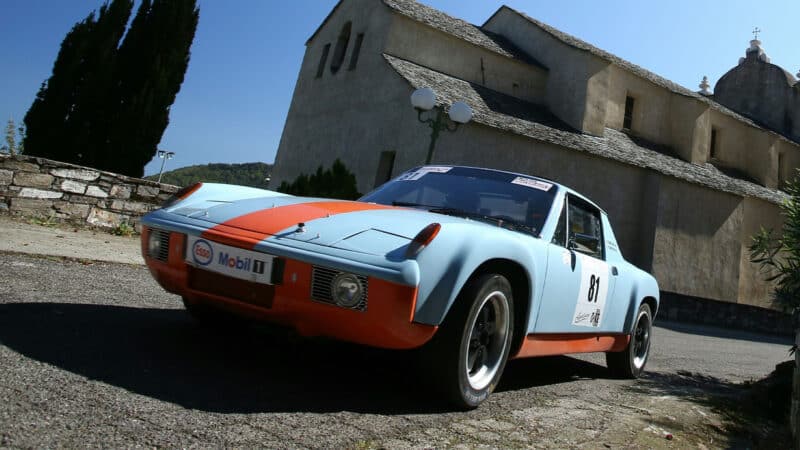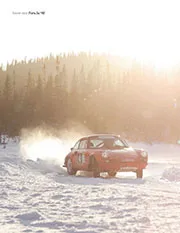Suspension aped the 911: MacPherson struts and torsion bars up front, semi-trailing arms and coil springs out back. Spring rates were set on the hard side of firm so to begin with anti-roll bars weren’t deemed necessary. Outside contractor Karmann supplied the bodies with the four-cylinder cars being assembled at Volkswagen’s Wolfsburg facility, its bigger-engined sibling at Porsche’s Zuffenhausen plant.
Then the problems started. Nordhoff unexpectedly died in early 1968. His successor Dr Kurt Lotz had no links to Porsche and felt that the sports car constructor had no rights to the design (there had hitherto been only a verbal agreement) if it was unwilling to contribute towards tooling costs. Ultimately a compromise was reached but the project was already soured. Appearing at the 1969 Frankfurt Motor Show, reception from the public at least was positive, if not in the UK. By the time sales tax and import duties had been taken into account, a 914/6 cost £3475 – almost 50 per cent more than a Jaguar E-type. Even the four-banger version was only £1214 cheaper. And they were only ever offered in left-hand-drive, although Crayford Auto Developments would convert customers’ cars to right-hookers for £550. Only 13 punters bothered.
Just to heap on the misery, the 914 suffered from something of an identity crisis, with both variants being badged and sold as Porsches in the US and in mainland Europe as Volkswagen-Porsches. Aficionados baulked and it was only in North America where the car really excelled, for all the potshots taken by the media.
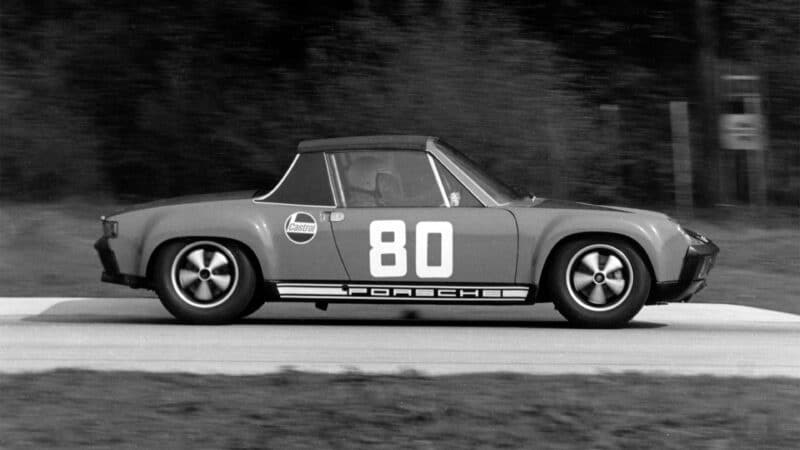
The Porsche 914 made a mediocre start to life, but has since boomed in popularity
Getty Images
In a bid to boost the bigger-engined car’s reputation as a serious sports car, Porsche instigated a competition programme. The result was the 914/6GT that was offered in three distinct iterations: a customer car for competition/fast road use; a pure racer developing around 220bhp and a rally edition producing 160bhp. The first of the 12 works GTs was completed in October 1969, the model making its debut at the following May’s Nürburgring 1000kms where the four-car factory equipe managed second, third, fourth and fifth in the two-litre GT class.
Altogether more remarkable was the tiddler’s performance at Le Mans a month later. While Hans Herrmann and Richard Attwood secured Porsche’s first outright win aboard their 917K, Claude Ballot-Léna and Guy Chasseuil put in a magnificent effort to finish sixth and take class honours in their Sonauto entry. Granted there were only seven cars classified as finishers but it was still a remarkable achievement for what was essentially a lightly modded road car. August’s Marathon de la Route – all 84 hours round the Nürburgring of it – was a 914/6GT benefit, with the works squad finishing 1-2-3.
A year on, the 914/6GT cleaned up in class at the Daytona and Sebring enduros, while Peter Gregg and Hurley Haywood took victories at Virginia International Raceway, Bridgehampton and Summit Point en route to lifting the inaugural IMSA GTU title. Closer to home, the three-car works squad gave the GT its rallying baptism on the ’71 Monte Carlo rally, the sole survivor of Björn Waldegård and Hans Thorszelius coming home third behind two Alpine-Renaults. It wasn’t a happy team, though, as evinced by Motor Sport’s review of the event: “Though their drivers were against the idea, the Porsche hierarchy decided to enter three of their mid-engined 914/6 cars instead of the rear-engined 911s which had bought them success on three previous occasions. The cars displayed neutral handling characteristics, and this was not at all to the liking of Waldegård, [Ove] Andersson and [Gerard] Larrousse, all of whom realised they would be unable to utilise the very safe tail-swinging tactics with the 914/6.”
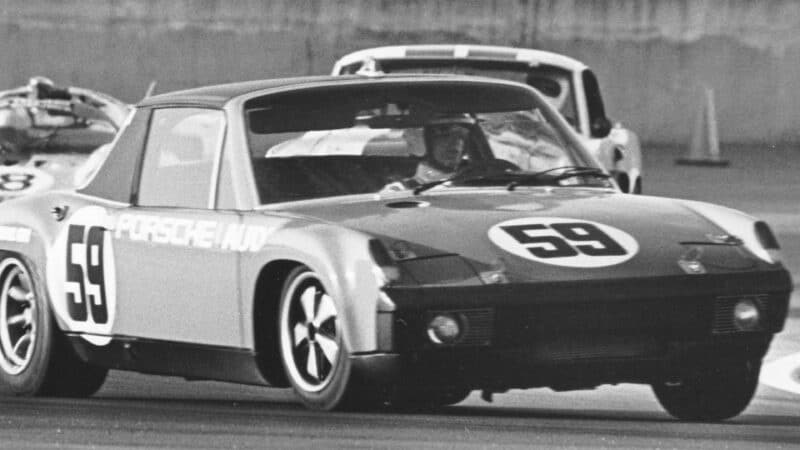
Hurley Haywood co-drove this mid-engine Porsche 914/6 with Peter Gregg during the 24 Hours of Daytona
Getty Images
There would be wilder prototypes with larger six – and even eight – cylinder motors, but Porsche’s interest soon waned. The 914/6 was dropped in October ’72 after just 3360 had been made, its place as range topper being taken up by the new 91bhp 2-litre (variously badged as S, SC and 2.0) four-banger. By September ’73, the 1.7-litre unit of the entry-level car was enlarged to 1795cc, the 914 range surviving for a further two years before being killed off in favour of the 924. Some 115,596 had been made.
All of which leads you to suspect that the initial press reaction was way off base, but you can understand some of the hostility on driving a poverty-spec edition. The 914 was intended as the cadet branch of Porsche and the luxury wing of VW: both aims are disparate for all the shared DNA. Thing is, the 914/6 is a proper sports car.
